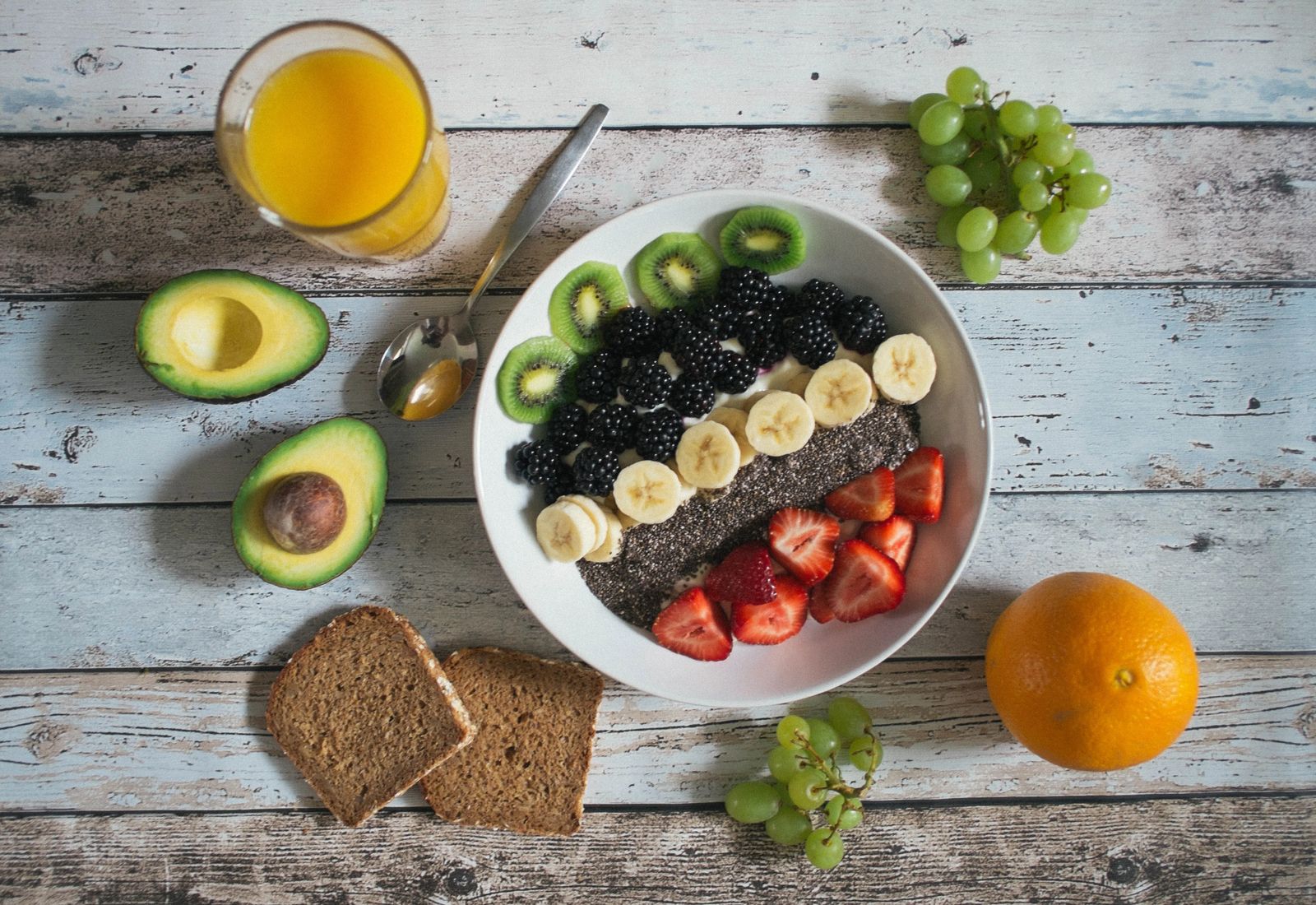
Photo by Jannis Brandt via Unsplash
I LOVE Fiber!
February 4, 2022
by tiffany ricci, RDN
Roses are red
Violets are blue
I LOVE Fiber
And you should too!
You may have heard of eating a “plant-based” diet. While there are many positive benefits of eating plants - it’s the fiber content that makes them nutrition stars.
Fiber provides the structure to plants - think of the skin that surrounds a grape or the sturdy stalk of celery. Fiber is essentially the non-digestible carbohydrate portion of plants. Our digestive tracts cannot digest fiber, but our microbiome can.
There are two types of fiber:
Soluble: Dissolves in water. Oats, beans, and bananas are great examples. This softer fiber helps to slow digestion and can promote satiety at meals.
Insoluble: Does not dissolve in water. Sources include whole grains, corn, apple skins, grapes, and nuts. This type of fiber pulls water into the intestines, helping to move stool along.
Both are important for our health so it’s important to get a variety of each type in our daily diet.
Fiber is so great because it can improve our health on many levels. Fiber can:
- Lower cholesterol by binding with bile and excreting it. Bile is made from cholesterol and helps to digest fat.
- Relieve constipation by pulling water into the bowels, softening stools. Increased insoluble fiber provides bulk to the stool helping to move stool along your intestines. Essentially, fiber is a workout for your gut!
- Improve blood sugar levels by decreasing the absorption of glucose after meals and snacks.
- Help with weight loss by increasing the feeling of fullness at mealtimes. Fiber needs time to digest so it can help promote fullness in between meals.
- Enhance meals by providing different textures and flavors when dining. Fiber can add crunch to your meal, increasing satisfaction with the meal.
- Make our microbiome happy by feeding our gut bacteria with insoluble fiber. A happy gut is a happy mind and outlook.
If your affection is now turning to fiber, you may want to increase the amount you’re taking in to reap the benefits. When increasing fiber, it’s important to increase the amount of water you’re taking in (to avoid constipation from the increase in bulk) and to take this process slowly and incrementally. Increasing fiber too quickly can lead to GI distress - including bloating and gas. Give your body time to adjust and take in more water to help move the fiber along.
Ideally, you should be aiming for at least 25 grams of fiber each day. Here are some easy ways to meet your fiber needs:
- Add beans and a serving of veggies to your salad.
- Choose whole grain options for bread, pasta, rice, and cereal.
- Incorporate walnuts or pecans into your homemade cookies.
- Top your yogurt with nuts, dried fruit, and whole grain cereal.
- Choose fruits and veggies for snacks.
- Add a side of veggies to your dinner meals.
- Include berries and peanut butter into your smoothie.
- Aim for five to nine servings of fruits and veggies each day.
Over time, I hope you’ll become a fiber-lover like me. The true downside to adding fiber to your diet is that there are so many wonderfully delicious options to choose from, it can take a long time to get through them all to find your favorites!
Never miss an issue, check out SLM's digital editions here!





